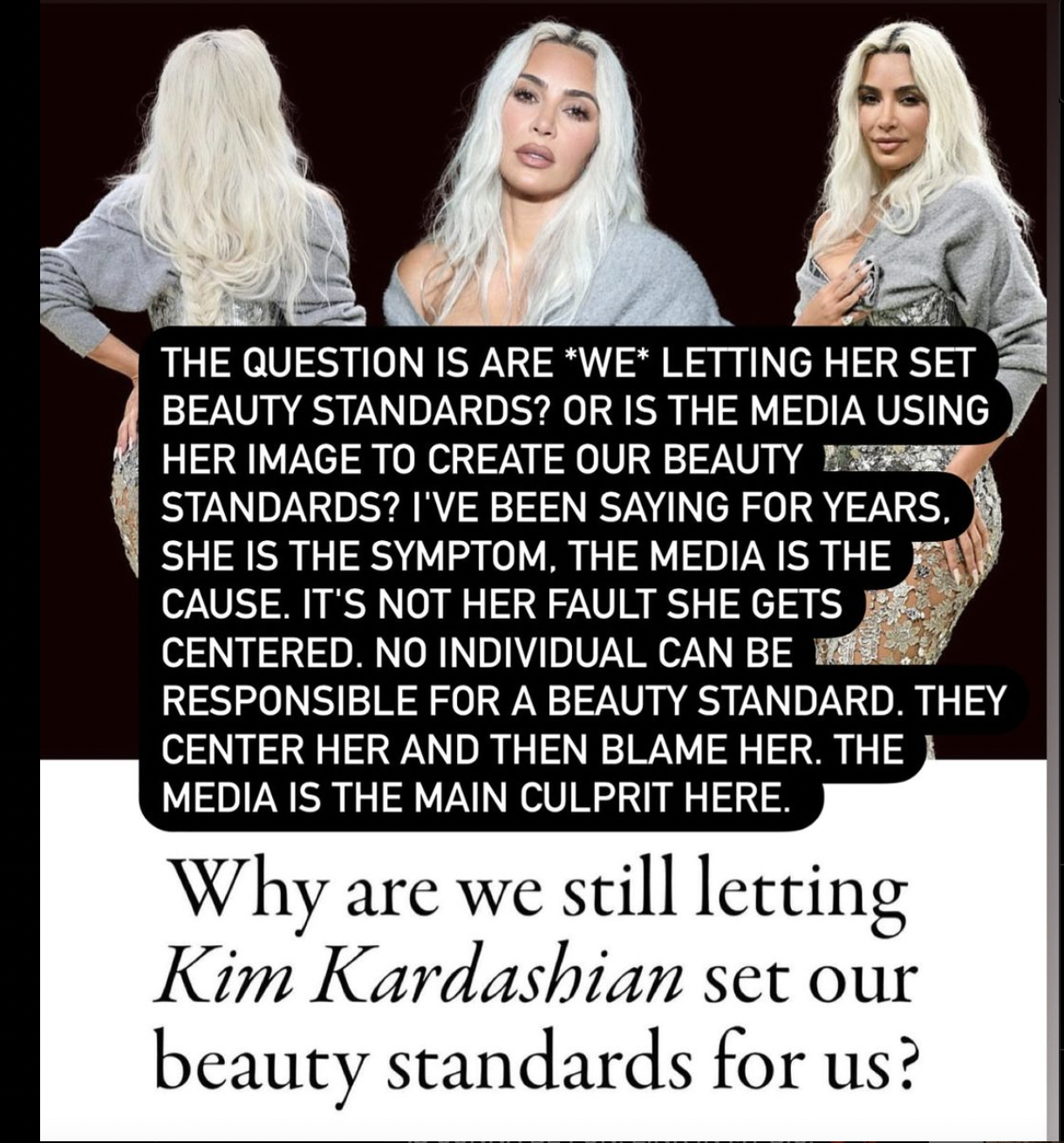The End of Ageism in Fashion? Batsheva Hay on Her Over 40s Runway Casting
Fashion designer Batsheva Hay has recently been making headlines for choosing to work with people only over 40 for her New York Fashion Week runway show.
The result: Hay challenged the status quo and redefined fashion standards by spotlighting the grace and elegance that come with age. The collection was great!
But does that really warrant making the news? Hear me out (and yes, I’m aware of the irony that I’m also writing an article about this). While it appears to be groundbreaking that a designer has championed older models, shouldn’t the fashion industry be more inclusive nowadays anyway?
The deliberate choice to exclusively cast individuals over the age of 40 for her New York Fashion Week runway show has sparked meaningful conversations within the fashion industry and beyond. So, let’s unpack this.
An iconic middle-aged moment
Reports reveal that Batsheva’s decision to cast solely middle-aged models was actually quite rare. And it looked DAMN GOOD.
According to the New York Times, Hay stopped strangers in the street, slid into people’s DMs, and approached people on the subway to cast her iconic cohort of over-40s models. This unconventional casting method resulted in a runway filled with a diverse cohort of over-40s models, each bringing their unique character and life experiences to the forefront.
In her interview with the Times, Hay openly discussed her experience with aging and the discomfort she and her peers feel in the fashion industry. At 42, she highlighted that there are prevailing ageist attitudes in fashion, where individuals of her age are often marginalized or relegated to specific roles.
“I find that aging is a big preoccupation for me and my friends. It’s an area of discomfort in fashion,” Batsheva said.
Breaking the mold
So why is this different from seeing 81-year-old Carmen Dell’Orefice walk in last year’s NY Fashion Week or 57-year-old Kristen McMenamy opening Pierpaolo Piccioli’s haute couture show in 2022? Well, time and time again, these rare moments on the runway prompt a slew of articles about the “end of ageism” in the fashion world. And yet, they remain rare. Plus, the fact that these moments get so much press suggests there’s still a long way to go before it's really normalized.
You’d think we’d be a little more progressive when it comes to age by 2024. However, this isn’t really the case in the fashion world. In reality, the median age for models at a lot of conventional modeling agencies is around 23. Vogue also revealed that many female models are gearing up for retirement by just 25 years old, yet males tend to get a little longer. 🙃
You do still see people over the age of 40 on the runway. Yet, in most cases, it's a one-off. Many collections simply aren’t designed for women who are told to “dress their age,” which has left a legion of middle-aged women with few fashion houses in their corner.
While including older models is commendable when it occurs, it shouldn’t be seen as a novelty but rather as a natural reflection of society's diverse demographics and evolving perceptions of beauty. Batsheva's approach is unique because it was designed with women in their 40s in mind. She wanted to “create a picture of what it means to be like an invisible woman in the fashion world, which is someone who’s not young.”
Going beyond age tokenism
Hay's approach goes beyond tokenism as it challenges the fashion establishment to embrace age diversity authentically.
She focused on making her models feel good and reminding them they’re valued. She didn’t make a big deal about casting over 40-year-olds either (even though the media appeared to think it was). She really worked on a collection that encourages women to feel seen instead of past their time. And the response has been overwhelmingly good.
“This was so exciting to see,” wrote one fan. “Now what’s key is ensuring this isn’t just another flash in the pan trend (as we’ve seen happen previously) but a lasting COMMITMENT by these designers, which goes on to inspire even more, so that one day is age inclusivity & diversity truly the norm.” Another wrote on Instagram: “This is finally going in the right direction! I can finally connect with the clothing when I see it on someone representing my age group!”
An inclusive future
Batsheva’s runway deserves the spotlight because she did something great. However, some other noteworthy fashion moments may suggest ageism is on the way out. For instance, MIU MIU cast 63-year-old Kristin Scott Thomas, 70-year-old Qin Huilan, and 68-year-old actor Ángela Molina for their recent show.
On top of that, Collina Strada has been championing diversity and age inclusivity on the runway for YEARS. “I love the representation from a more mature model. There is generally less ego, or they have more fun with it. Overall, there is also less insecurity, which makes for a better image,” the brand founder Hillary Taymour told Metal Magazine.
And then, you’ve also got the emergence of model agencies like I’mprerfetta, which solely casts unique models that go against the status quo.
Change is coming—slower than we’d hoped—but it is starting to gather pace, which is really something to feel good about.



